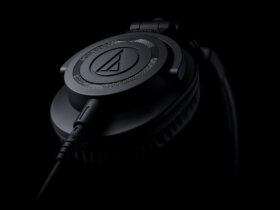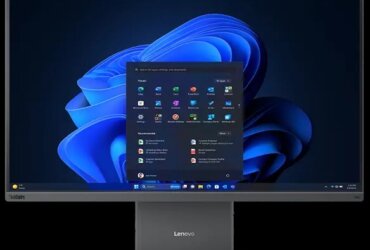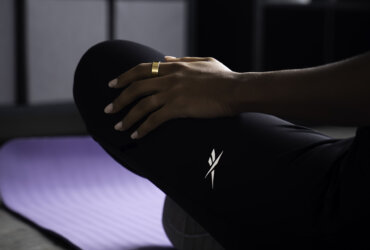Pros
- Stunning, lightweight design
- Very cool Gemini integrations
- Nicely designed charging dock
Cons
- On the expensive side
- Battery life still needs improvement
- Some features behind a Fitbit Premium paywall
The Google Pixel Watch 4 is the ideal companion to an Android device, working seamlessly with the Pixel Watch and Fitbit apps. The smartwatch marks a design change over previous generation versions, includes notable health feature upgrades, and has Gemini deeply integrated into the experience. I tested one alongside the Google Pixel 10 Pro, which I reviewed last month, to see if this is a smartwatch worth getting.
About the Google Pixel Watch 4
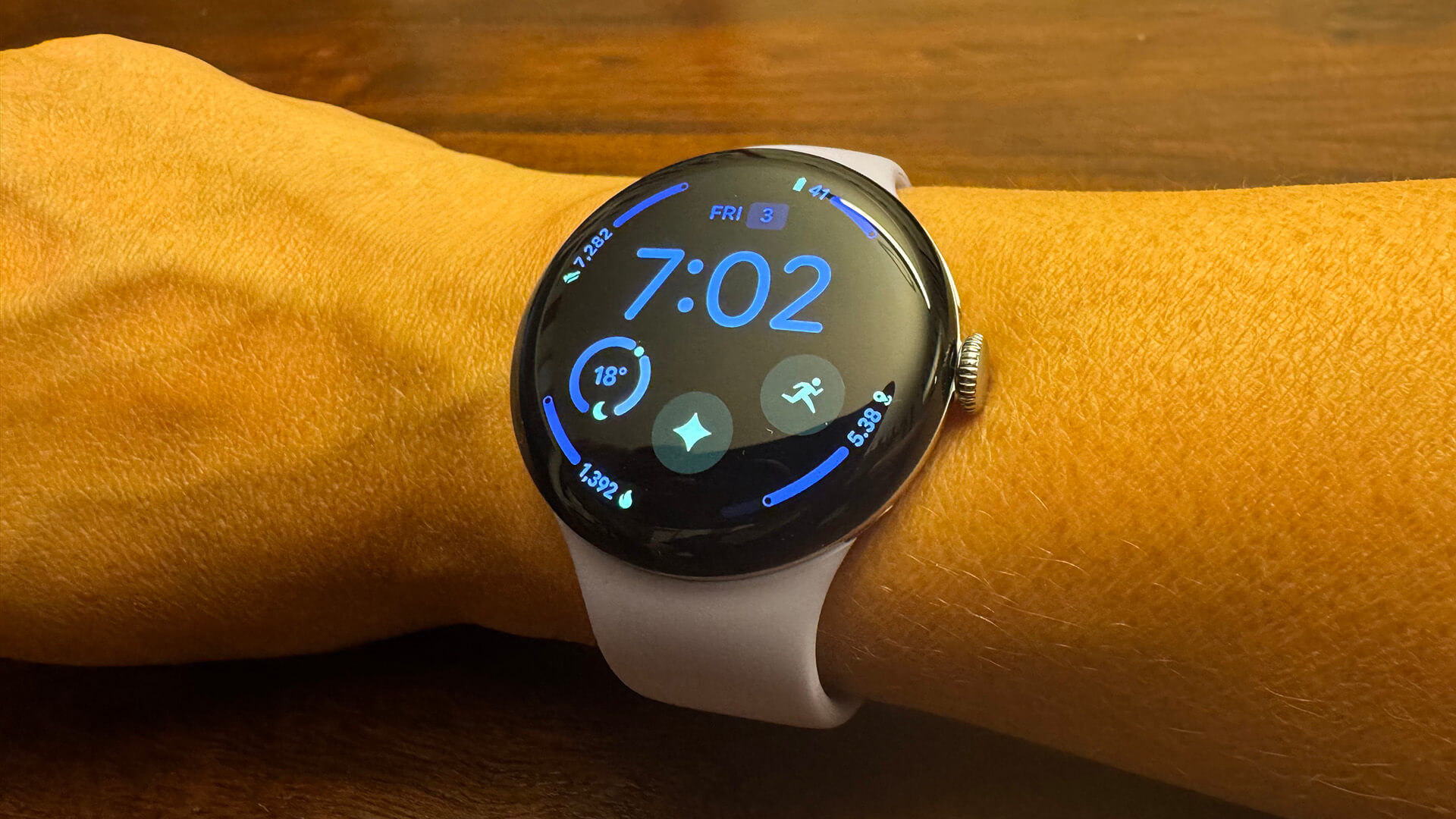
The Google Pixel Watch 4, which launched alongside the new Pixel 10 phone series at the Made by Google event in September, marks the biggest update to the Pixel Watch yet. Equipped with a domed Actua 360 display that’s physically curved to provide a larger active area and edgeless experience, the screen is easier to see in direct sunlight since it’s 50% brighter than the predecessor at 3,000 nits peak brightness. Material 3 Expressive allows for greater personalization through new clock faces and glanceable UIs. The new custom haptic engine is stronger while there’s an upgraded custom speaker as well.
Notably, it incorporates direct access to Gemini. Raise your wrist to speak a command or ask a question. Like the Pixel Watch 3, it retains the loss of pulse detection feature and adds smarter sleep tracking, a new skin temperature sensor, new dual-frequency GPS, and new exercise modes like pickleball and basketball. A new personal AI health coach, currently being previewed for customers in the U.S., provides proactive fitness and sleep coaching and on-demand guidance. The watch retains existing health and wellness features, too, like stress management, cardio and target load, ECG assessment, health metrics dashboard, morning brief, and more. New on-device AI capabilities include Smart Replies, which offer AI-powered responses, contextually tailored to your conversation. The LTE version of the watch supports standalone Satellite Communication.
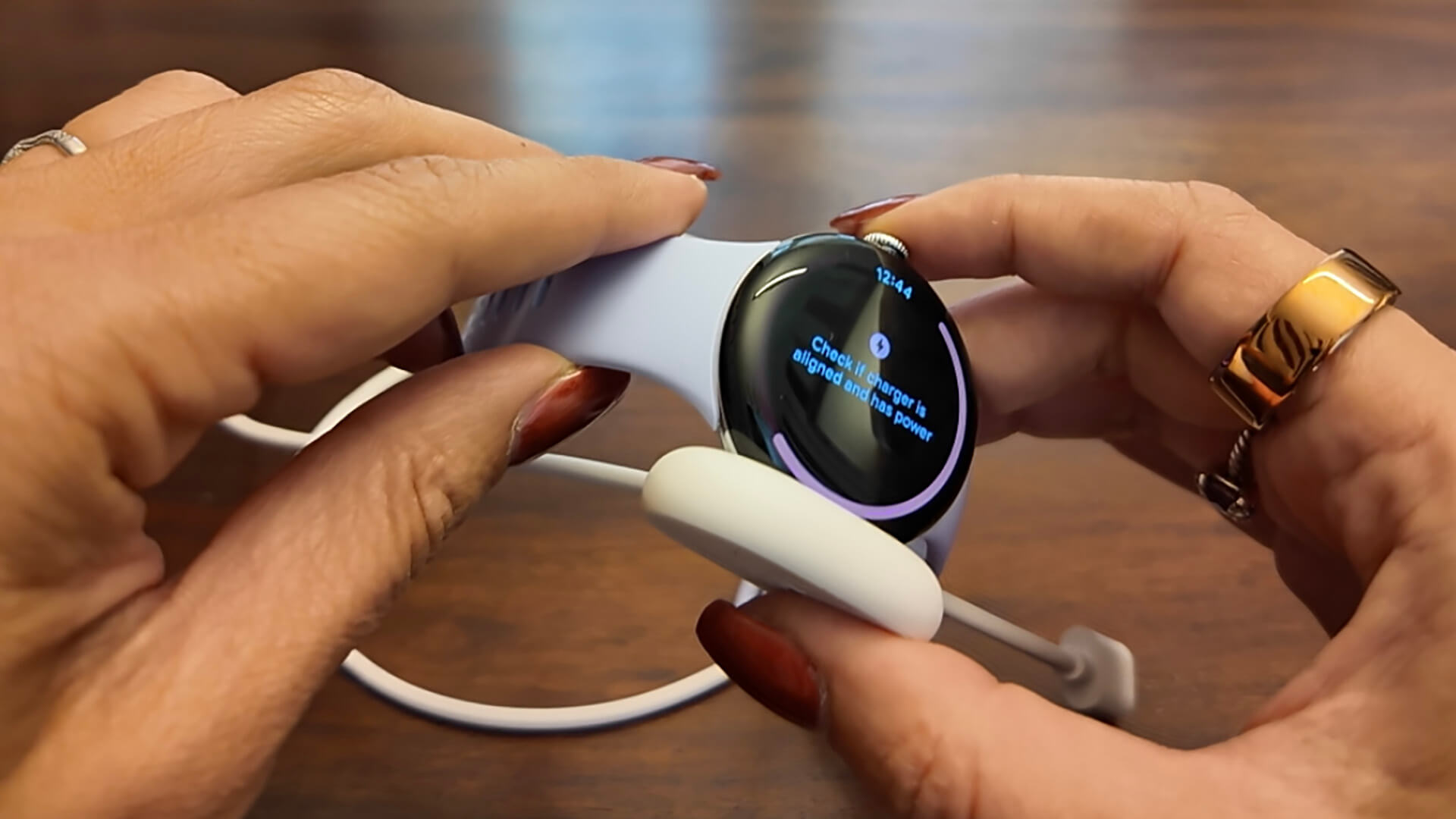
Pixel Watch 4 lasts up to 30 hours per charge for the 41mm version and 40 hours for the 45mm, 25% longer than the Pixel Watch 3, while Battery Saver mode extends the life to up to three days. The Quick Charge Dock charges it 25% faster than the Watch 3, so you can go from 0-50% in 15 minutes.
Powered by the Snapdragon W5 Gen 2 Wearable Platform and Google’s next-gen ML-powered co-processor, it offers 25% faster performance while consuming half the power. The durable watch features custom Corning Gorilla Glass and an Aerospace-grade aluminum housing, and it’s water-resistant up to 50 metres. For the first time, it’s also serviceable with a replaceable battery and display.
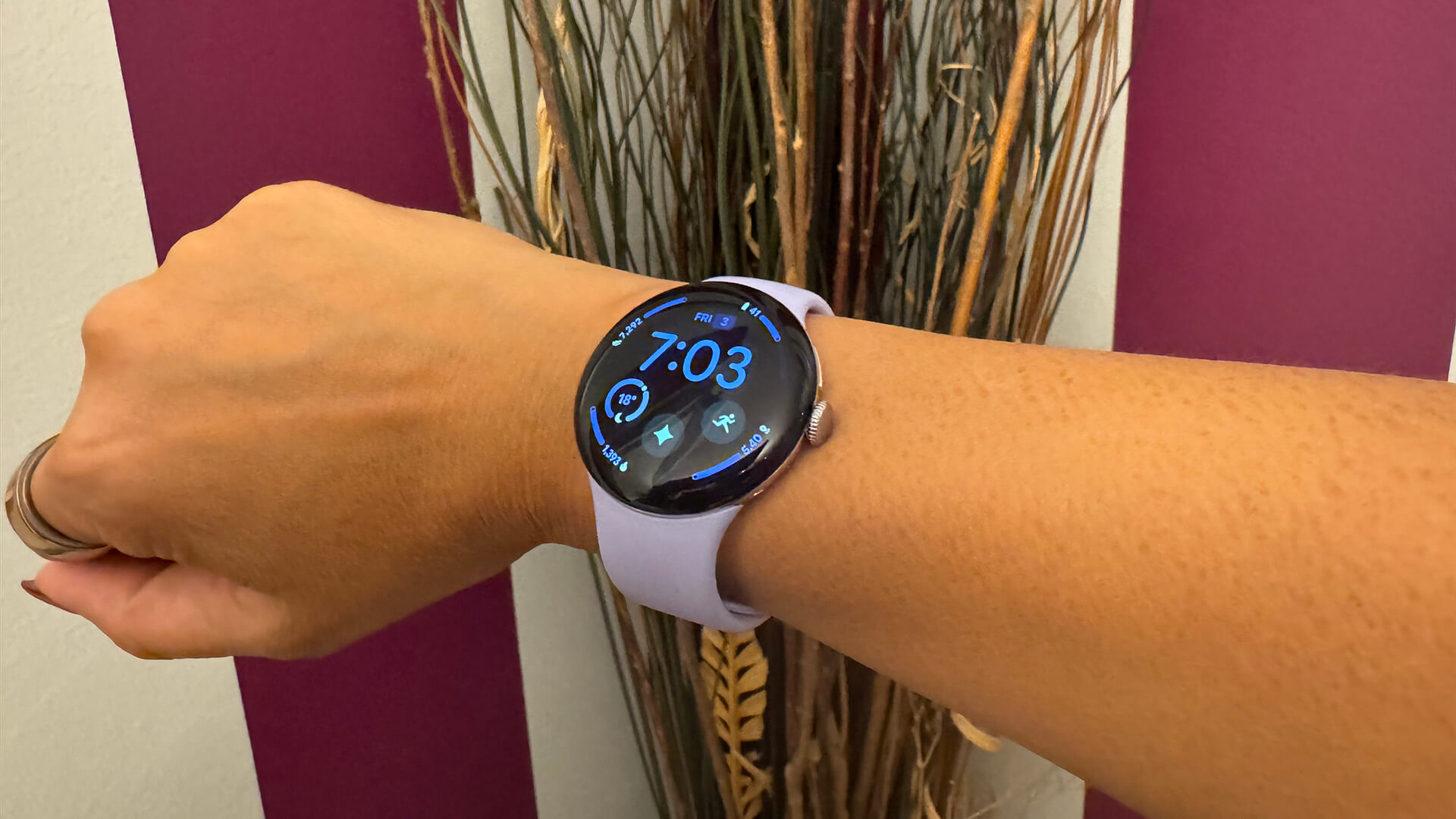
The Google Pixel Watch 4 is $480 for the 41mm or $550 for the 45mm versions, or $600 and $680 for the 41mm and 45mm LTE variants, respectively. It comes in colours to complement Pixel phones.
Google Pixel Watch 4 Review
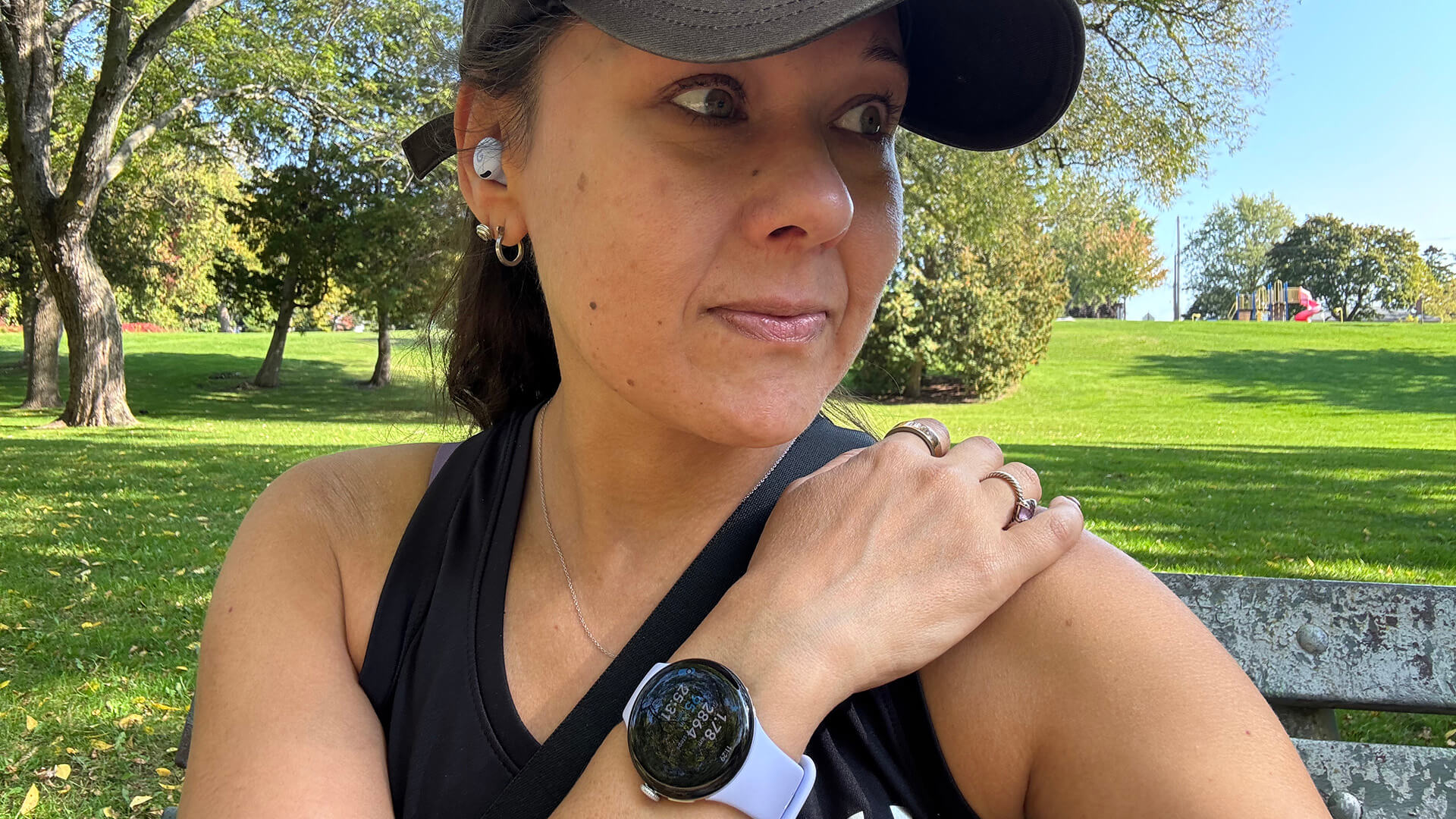
I wore the Google Pixel Watch 4 for a week, day and night, tracking workouts, logging data, and receiving notifications. I wore it alongside the new Apple Watch Series 11 (review coming soon) as well as an Oura Ring 4, which afforded a great opportunity to compare all three.
Look and Feel
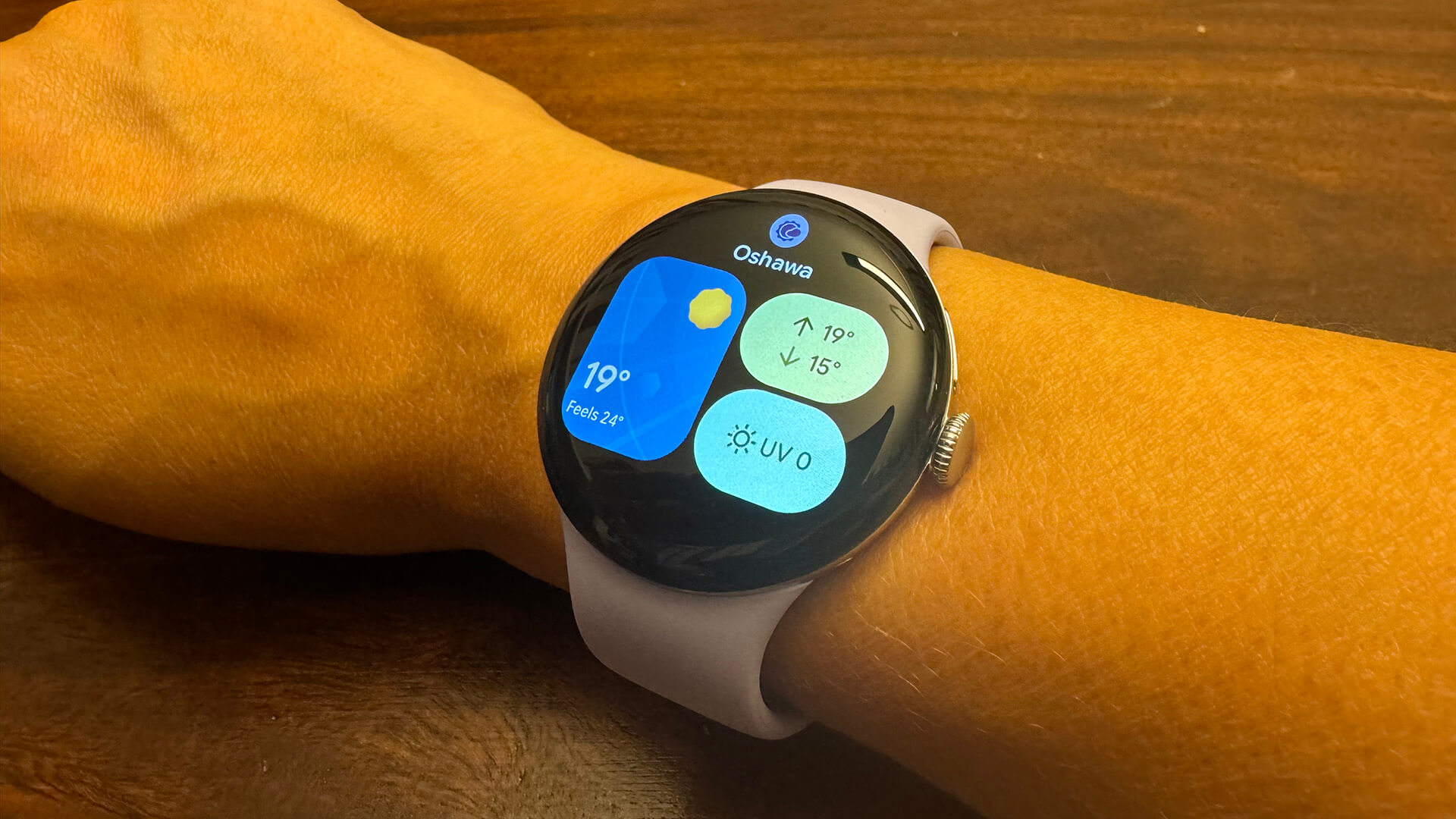
The Google Pixel Watch, which I received in polished silver aluminum with an Iris Active band, is slick-looking, the domed display a welcome change from the first-generation Pixel Watch. That’s because you get tons of screen real estate along with the traditional round face. It fits comfortably on the wrist, ultra lightweight and slim. It’s also easily viewed in bright sunlight: I had no trouble reading the screen while on my morning or afternoon walks. The side crown is responsive as you navigate menus and push in to select for those who prefer the tactile feel over the touchscreen.
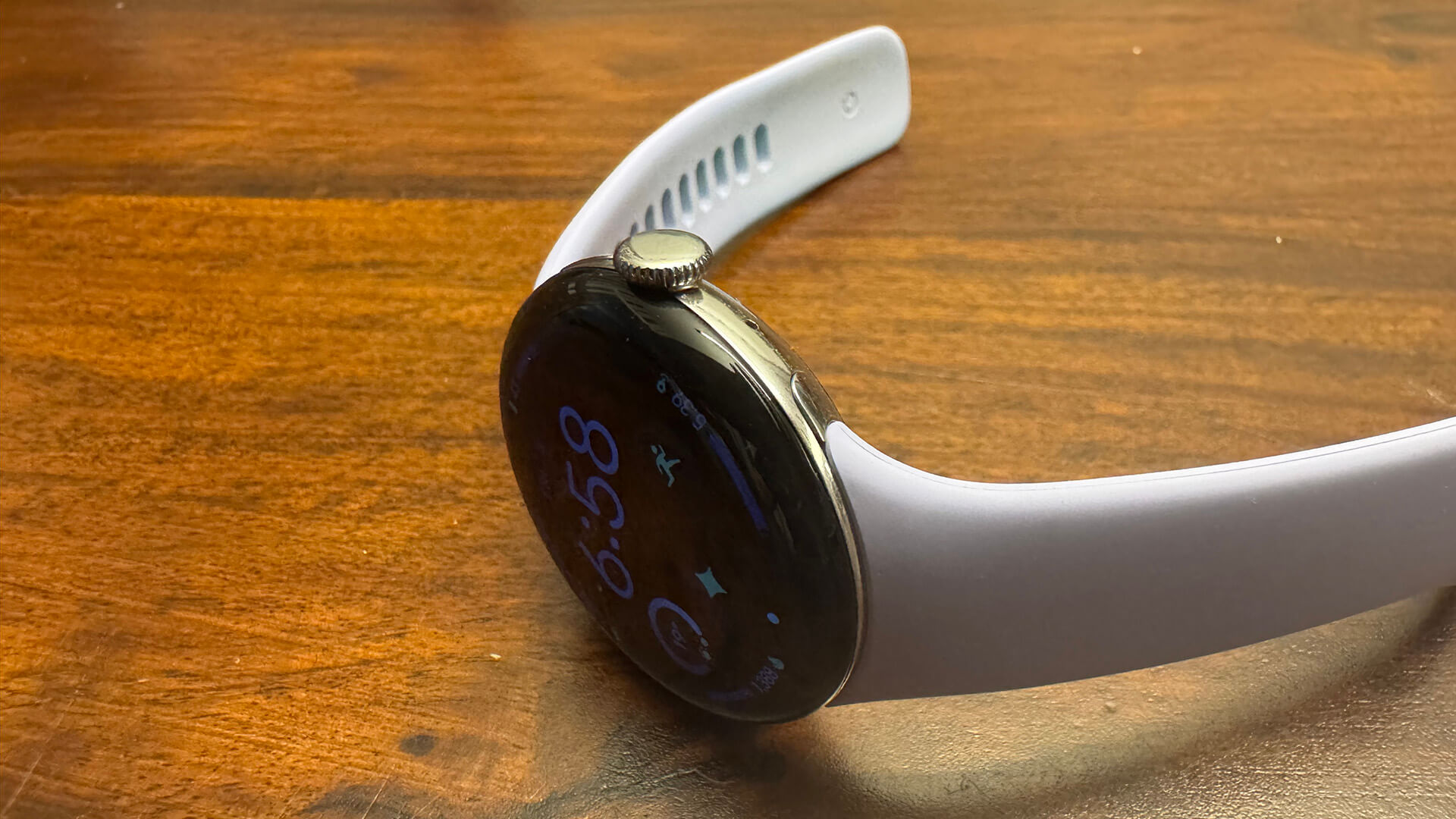
I appreciate that the charging dock holds the watch upright so it’s easier to pop on and take off. I’m not a fan of manufacturers requiring entirely new chargers with every model, though this is an issue that exists across the board, not just with Google.
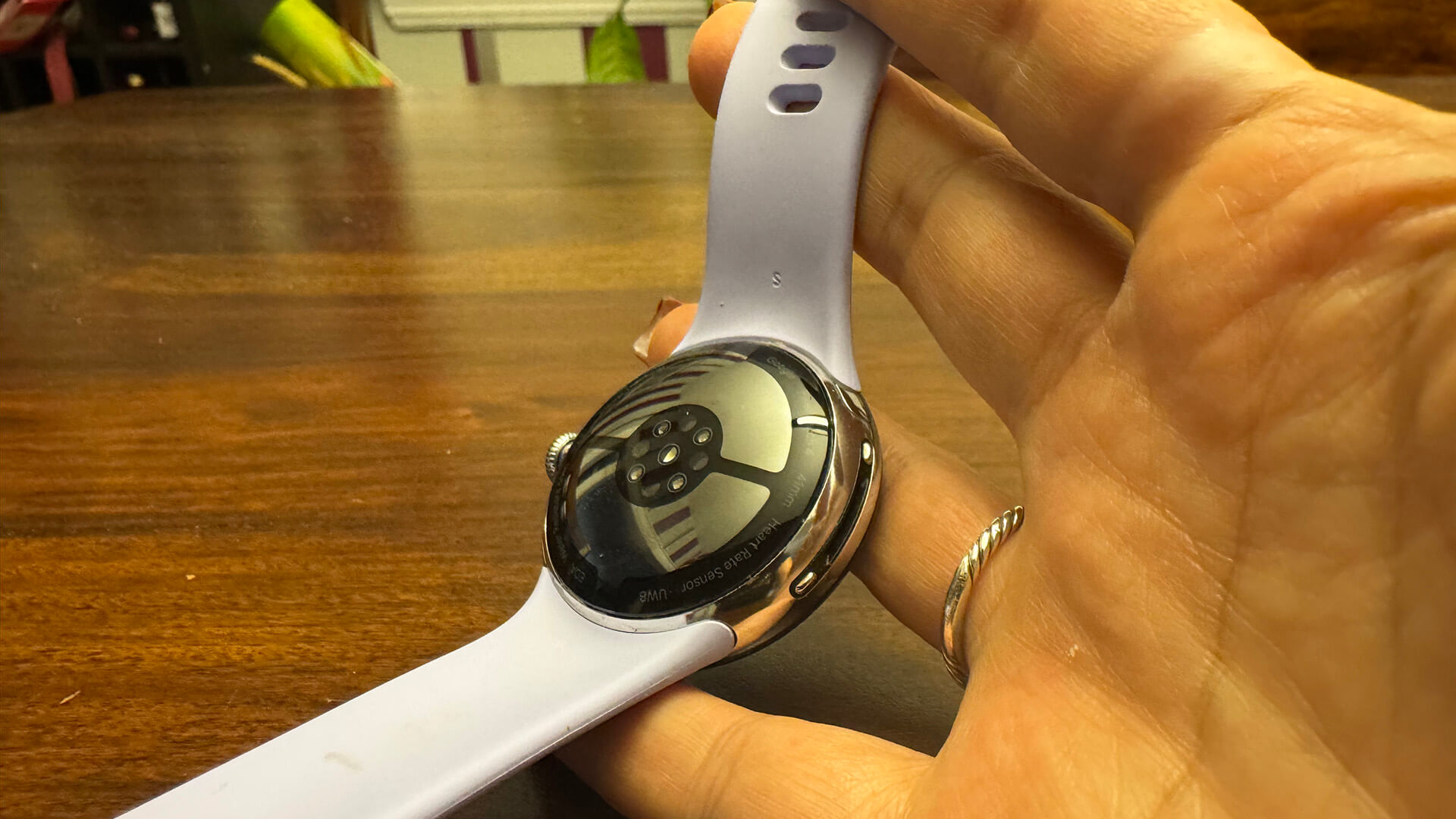
There’s a wide selection of watch faces from which to choose, and I love being able to tweak complications to my liking. With the Material 3 Expressive UI, you’ll notice richer notifications and more expressive tiles. It’s a subtle but appreciated tweak.
Gemini on Your Wrist
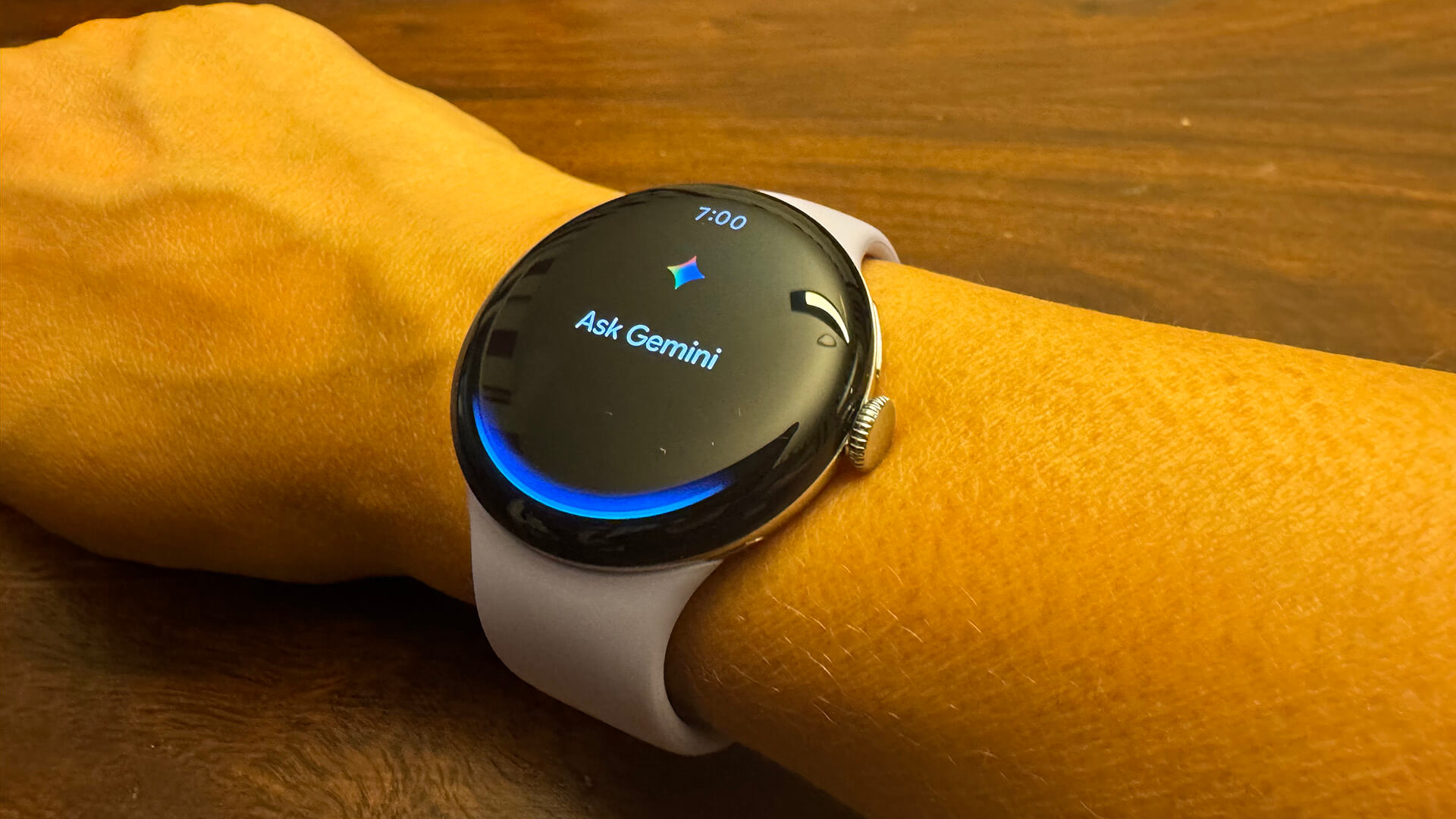
The one feature I was most excited to try, which I enjoyed on the Samsung Galaxy Watch 8 as well, is built-in access to Gemini. Ever since testing Gemini on the latest Google Pixel phones, I have found myself rushing to grab the device to ask Gemini how to know when the tomatoes should be picked from my planter in the backyard. My girlfriends and I even held a Gemini vs. ChatGPT competition one night with a series of queries (Verdict: in my eyes, Gemini won every time). The detailed responses are more useful than what you’ll get from traditional assistants, and being able to access this so seamlessly right from your wrist is a game-changer.
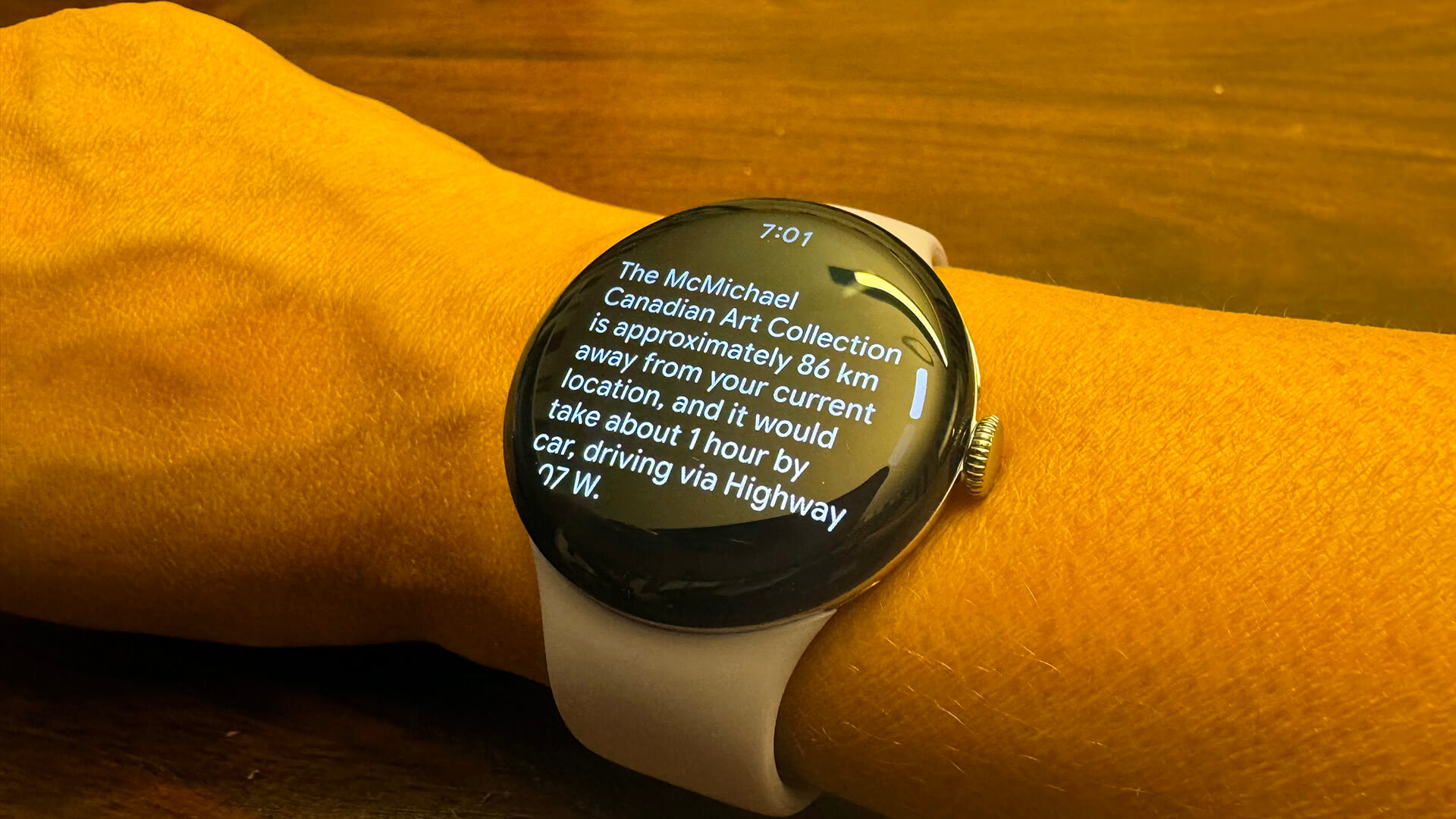
For example, I asked how long it would take to get to McMichael Art Gallery, where my son had gone on a school trip. It advised how long it would take, where the venue is, and the distance from my home, and provided a link to Google Maps.
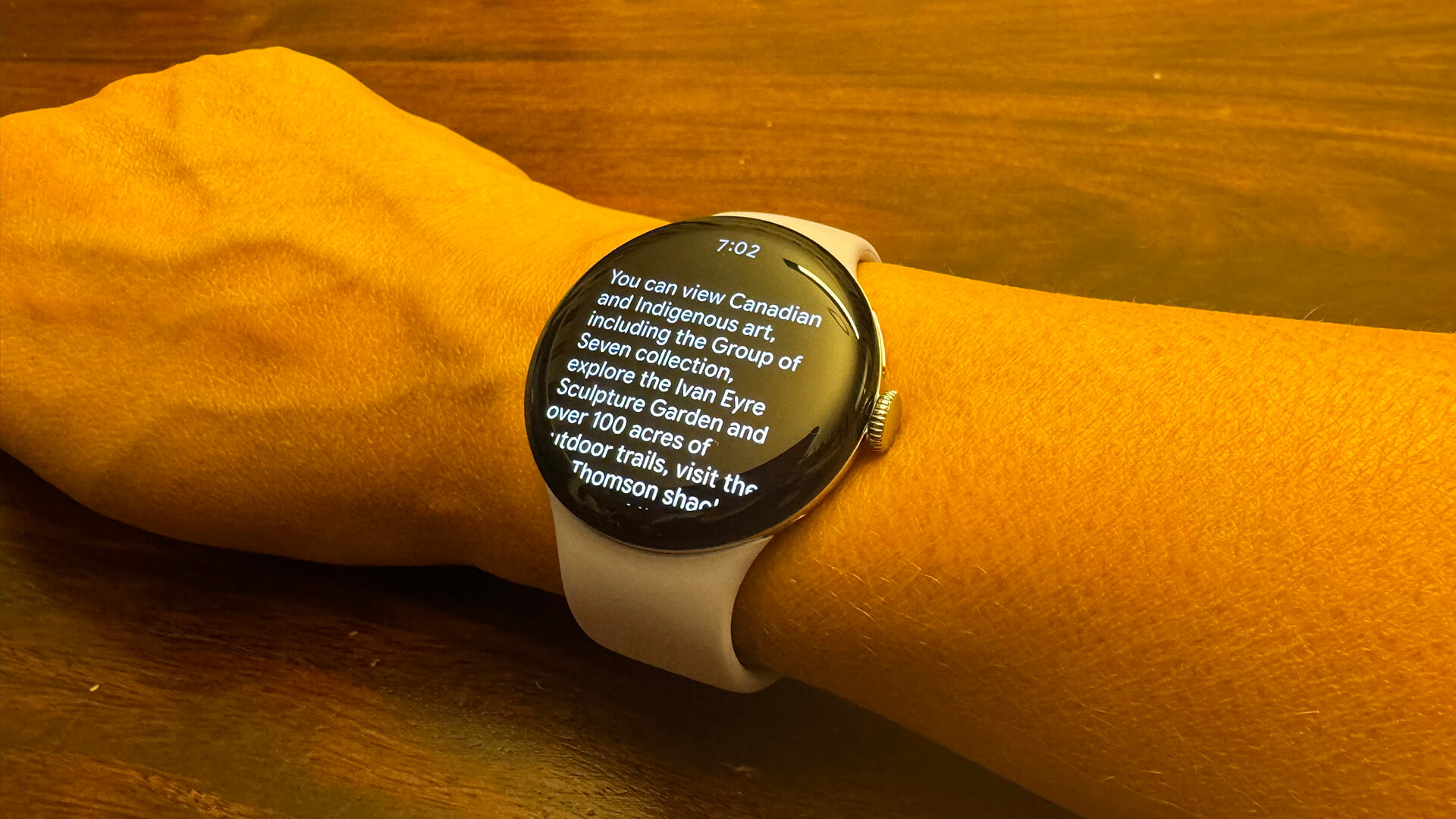
I asked what you can see there, and it dove into a comprehensive description of what you can see and do both indoors and out at the gallery. It’s sort of like that friend who continues to talk long after the answer you wanted has been given, or that colleague you avoid knowing that a quick hello will always result in a half hour conversation. However, when you’re looking for that level of detail, it doesn’t get any better. Plus, you don’t have to feel guilty about cutting Gemini off if you don’t need anymore information.
To compare, I tried this same inquiry with Siri via the Apple Watch. I got no audible response but the distance, estimated time of arrival, traffic data, and a link to start navigating with Apple Maps that disappeared from the watch quickly after showing up. When I asked what you can do there, I got a series of Google links to the website and other sources. Trying ChatGPT, it assumed I was already in that city and noted that it would need to know where I was to provide better details. When I added my city to the prompt, it gave me the time under normal traffic conditions and asked if I wanted public transit estimates. No details about the distance or route. When asked what you can do there, the reply was far more detailed, in line with what Gemini provided. But overall, the experience with Gemini is more seamless, intelligent, and conversational than any other.
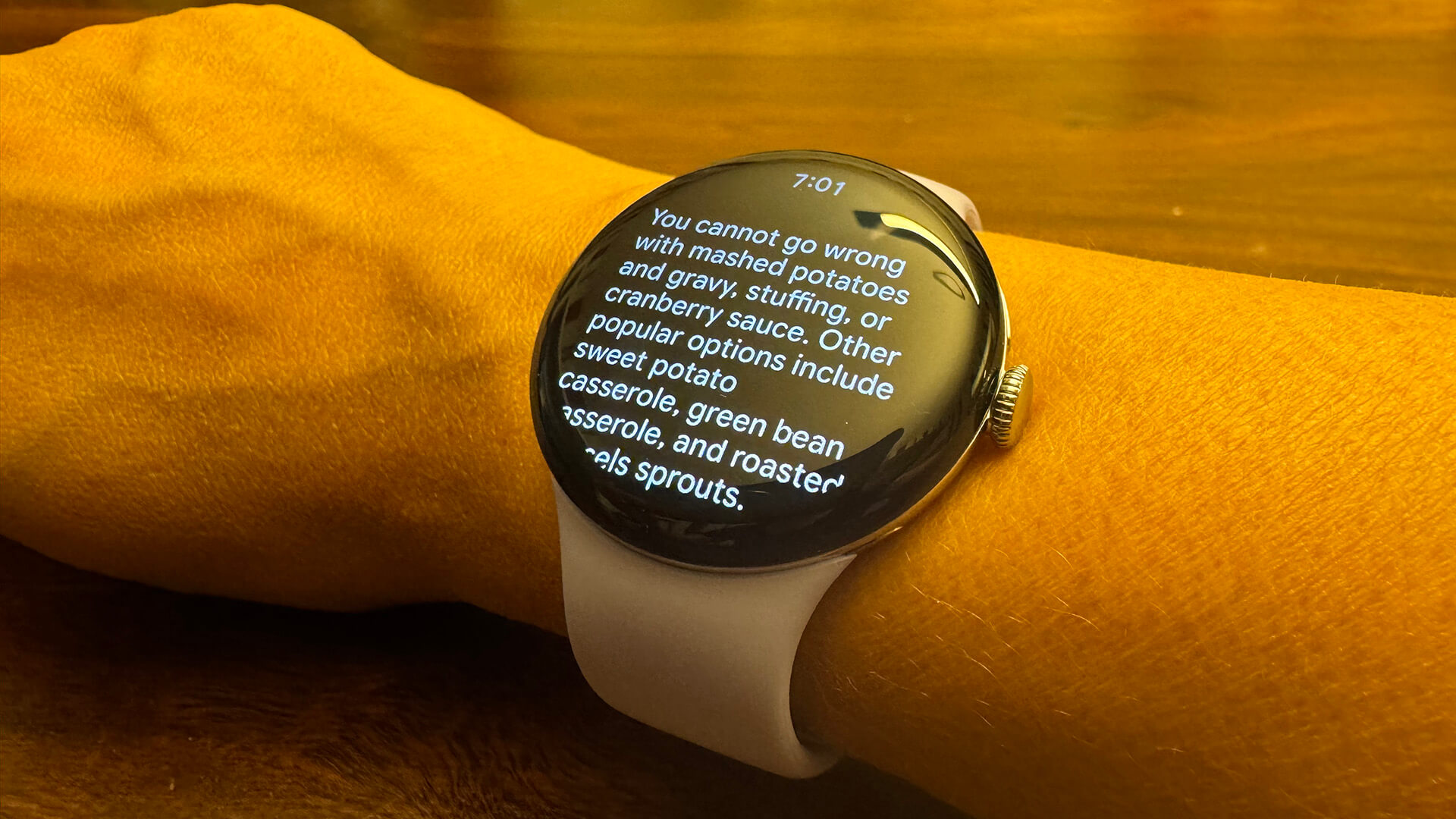
It’s worth noting that with the new custom speaker, Gemini comes through loud and clear. You get not only text-based replies, but he (or she) audibly speaks to you as well, as if you’re chatting with a friend.
Workouts, Health, and Wellness
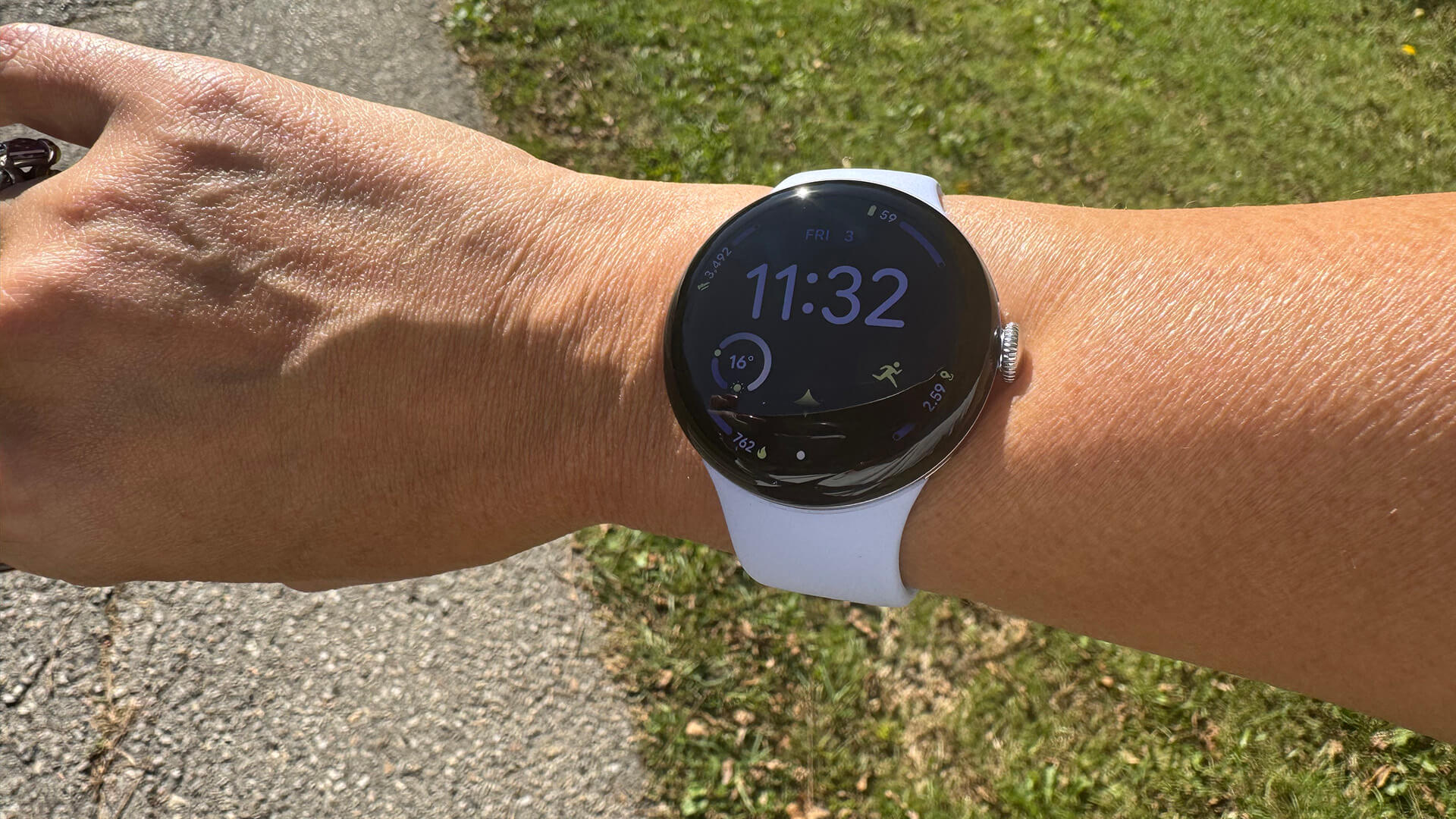
Overall, the Watch works well for tracking activities and workouts. I purposely didn’t start tracking a weekend morning walk to see if it would automatically detect it and it did every time. It supposedly learns along the way as you confirm more activities, with smarter predictions. While I haven’t had it long enough to truly test this capability, it might be able to predict, for example, that I’m doing a boxing program if I log the same type of workout every weekday at 10 a.m. and instantly log a workout as such if I miss it. For those with a semi-regular schedule or who partake in auto-track compatible activities or variants of them (think trail run versus run or team sports), it’s a nice effortless process. I appreciate that Gemini works here, too, so I can ask the watch to start tracking my walk or strength training workout, or show me the stats from my last workout, and it will dutifully oblige.
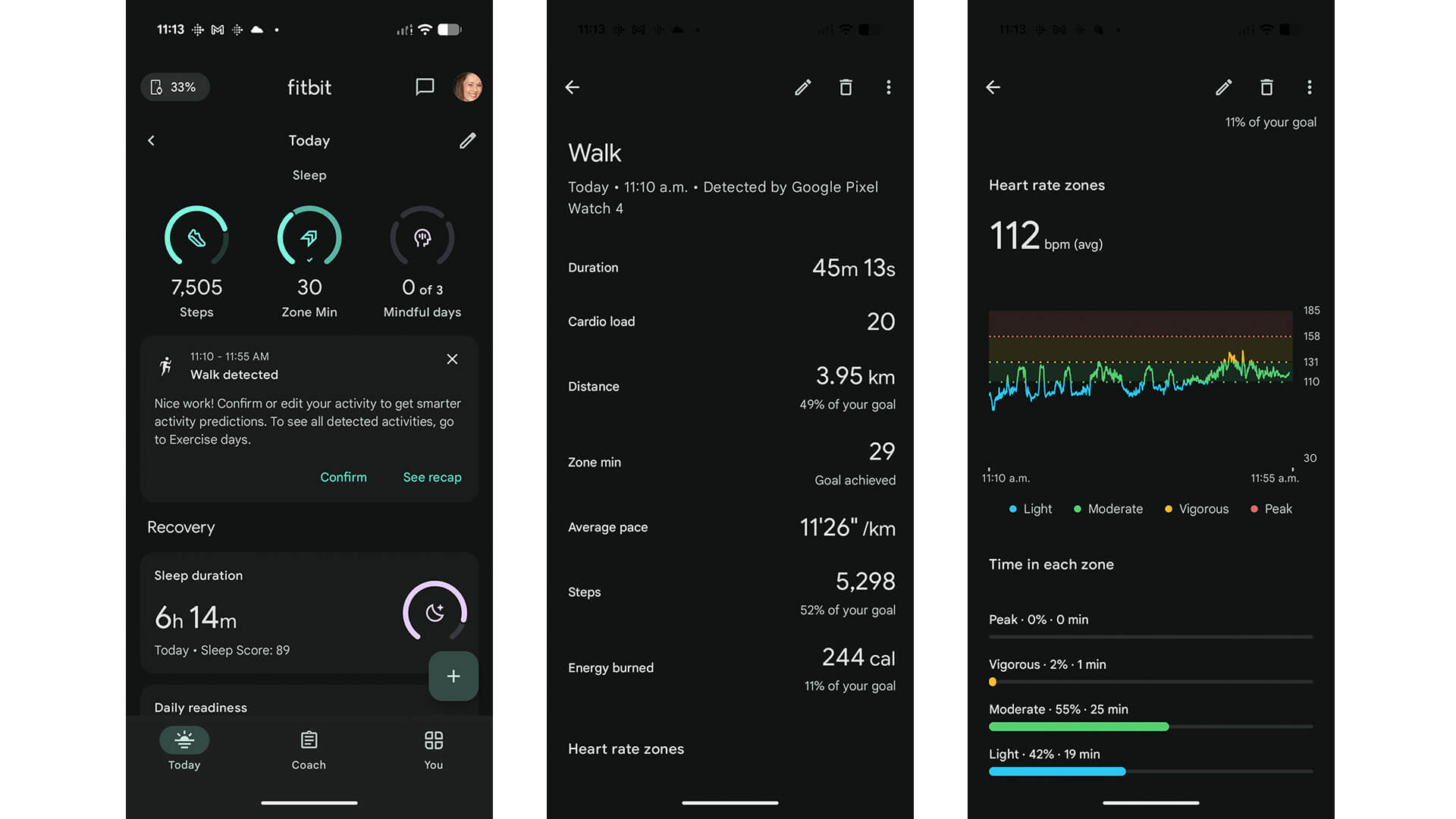
Speaking of workouts, tracking is on par with other devices. After a 35-minute strength training session, for example, my Apple Watch logged 143 active calories burned (187 total) with an average heart rate of 129 bpm. The Pixel Watch 4 logged 194 calories burned and an average heart rate of 129 bpm. Seeing the numbers consistently fall so in line with one another is reassuring.
Comparing stats when it comes to data like sleep, here’s one night’s breakdown to give you an idea. Once again, the numbers are fairly in sync across all three devices.
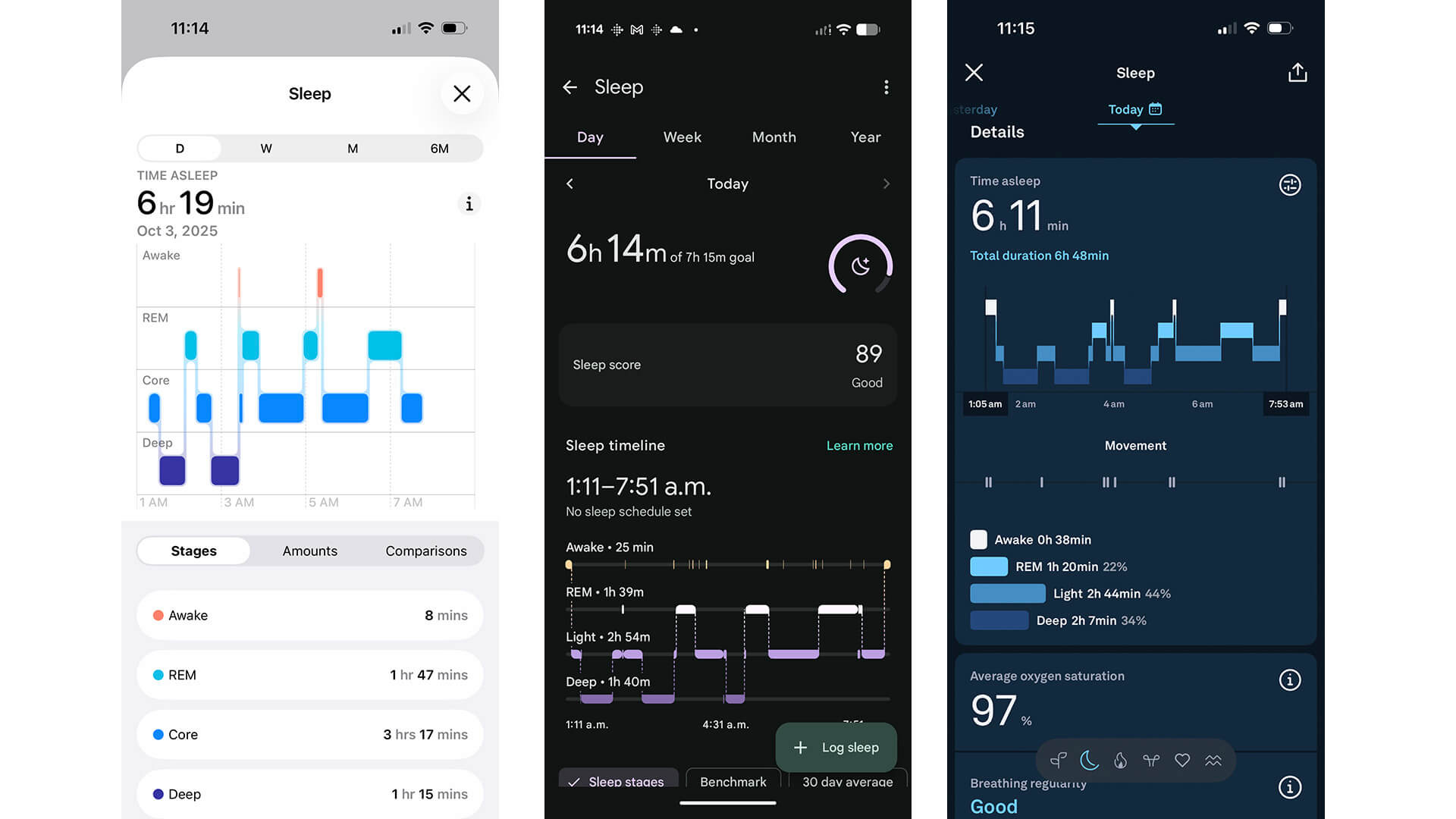
| Apple Watch Series 11 | Google Pixel Watch 4 | Oura Ring 4 | |
| Total Sleep | 6 hours, 19 minutes | 6 hours, 14 minutes | 6 hours, 11 minutes |
| Core/Light Sleep | 3 hours, 17 minutes | 2 hours, 54 minutes | 2 hours, 44 minutes |
| REM Sleep | 1 hour, 47 minutes | 1 hour, 39 minutes | 1 hour, 20 minutes |
| Deep Sleep | 1 hour, 15 minutes | 1 hour 40 minutes | 2 hours, 7 minutes |
| Awake Time | 8 minutes | 25 minutes | 38 minutes |
Overall, the Google Pixel Watch 4 is a great tool for those who are active and want to keep on top of activities, sports, and workouts, as well as important vitals like stress, heart rate, blood oxygen, and more.
Other Useful Functions
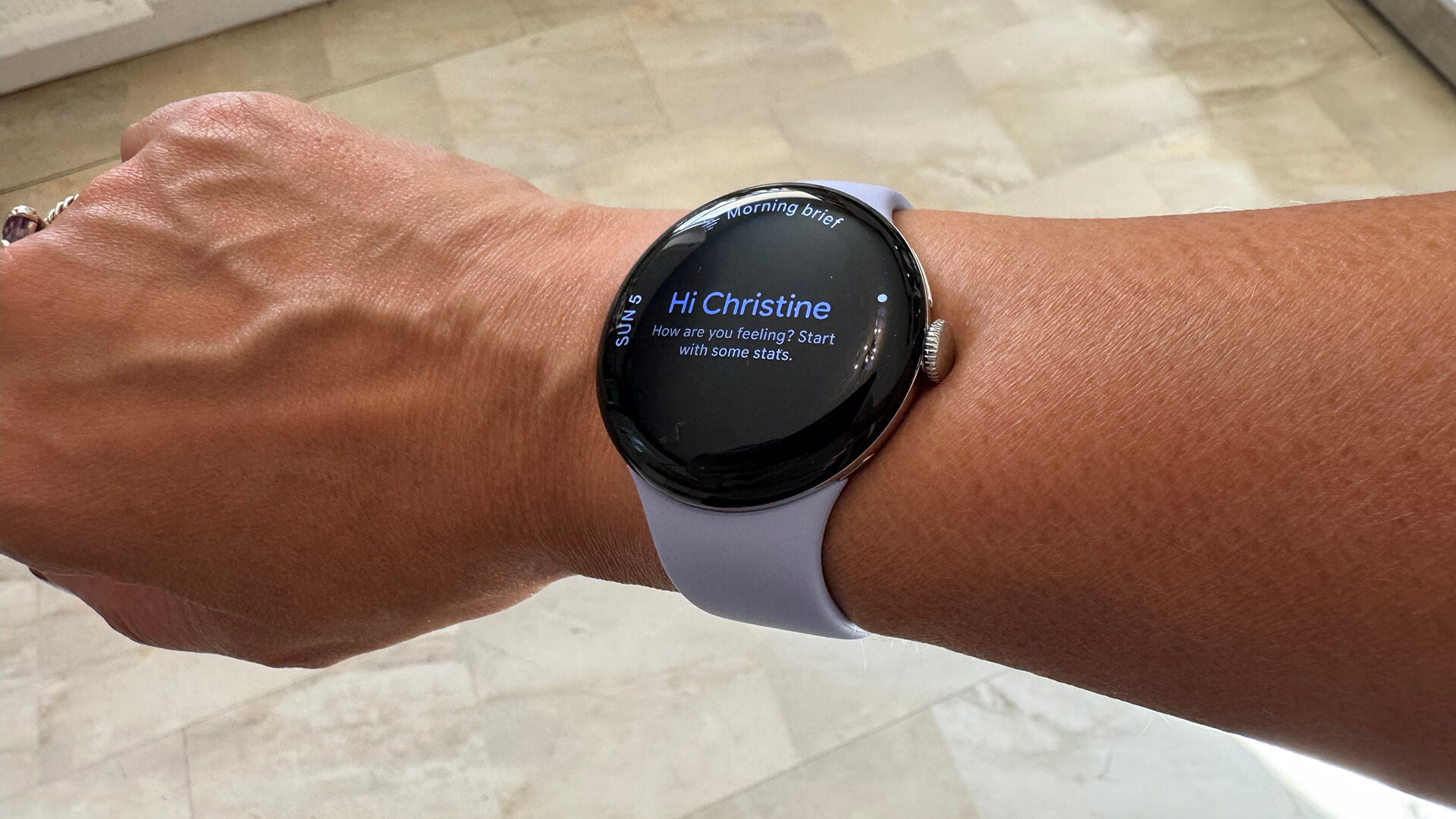
The smartwatch has so many other useful functions, like the ability to use the watch as a remote trigger for a compatible Pixel phone’s camera, call assist for screening calls or sending auto replies, recorder, contactless payments through Google Wallet, accessing maps (including synced offline ones), and downloading music playlists.
You can also use it to control a Google TV, Nest Camera, and other compatible smart home products. Along with receiving notifications for calls, messages, calendar items, and reminders, you can also set and review these by using Gemini.
Should You Buy the Google Pixel Watch 4?
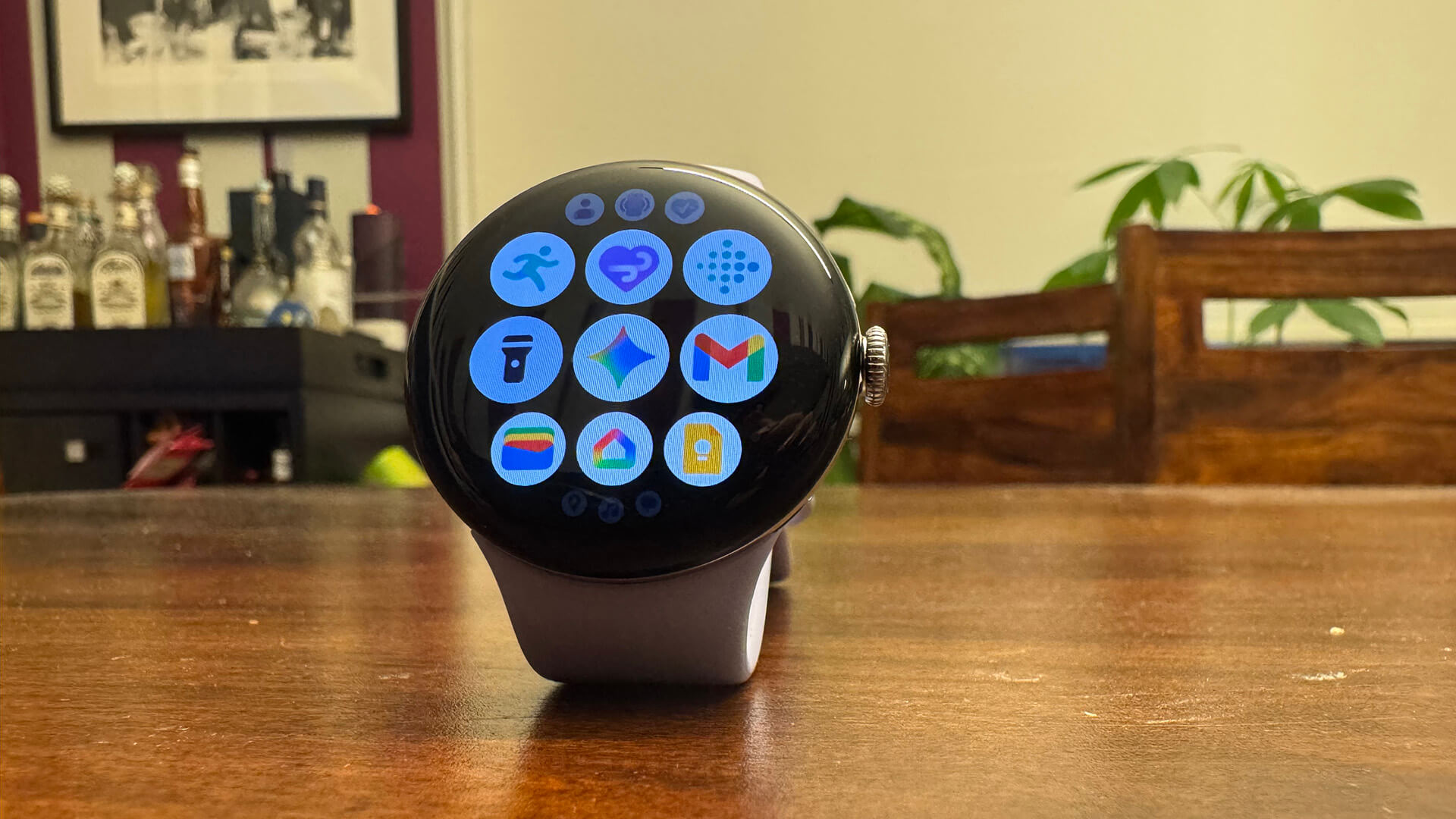
The Google Pixel Watch 4 is the perfect smartwatch companion for a Google Pixel phone user. But it’s worth considering no matter what brand Android device you own.
If you already own the Google Pixel Watch 3, there are a few key differences to note. Along with the refreshed design and brighter screen, it has a more powerful processor, enhanced AI features with Gemini, satellite emergency communications (if you’re opting for the LTE version), upgraded dual-frequency GPS (could be important for runners), and repairability to increase its longevity. The improved battery and faster charging could be worth the upgrade alone. But you might not be ready to spend another $500 so soon after buying the Pixel Watch 3. If you’re happy with that model, keep it. If you have a model older than that, however, it’s worth the upgrade.
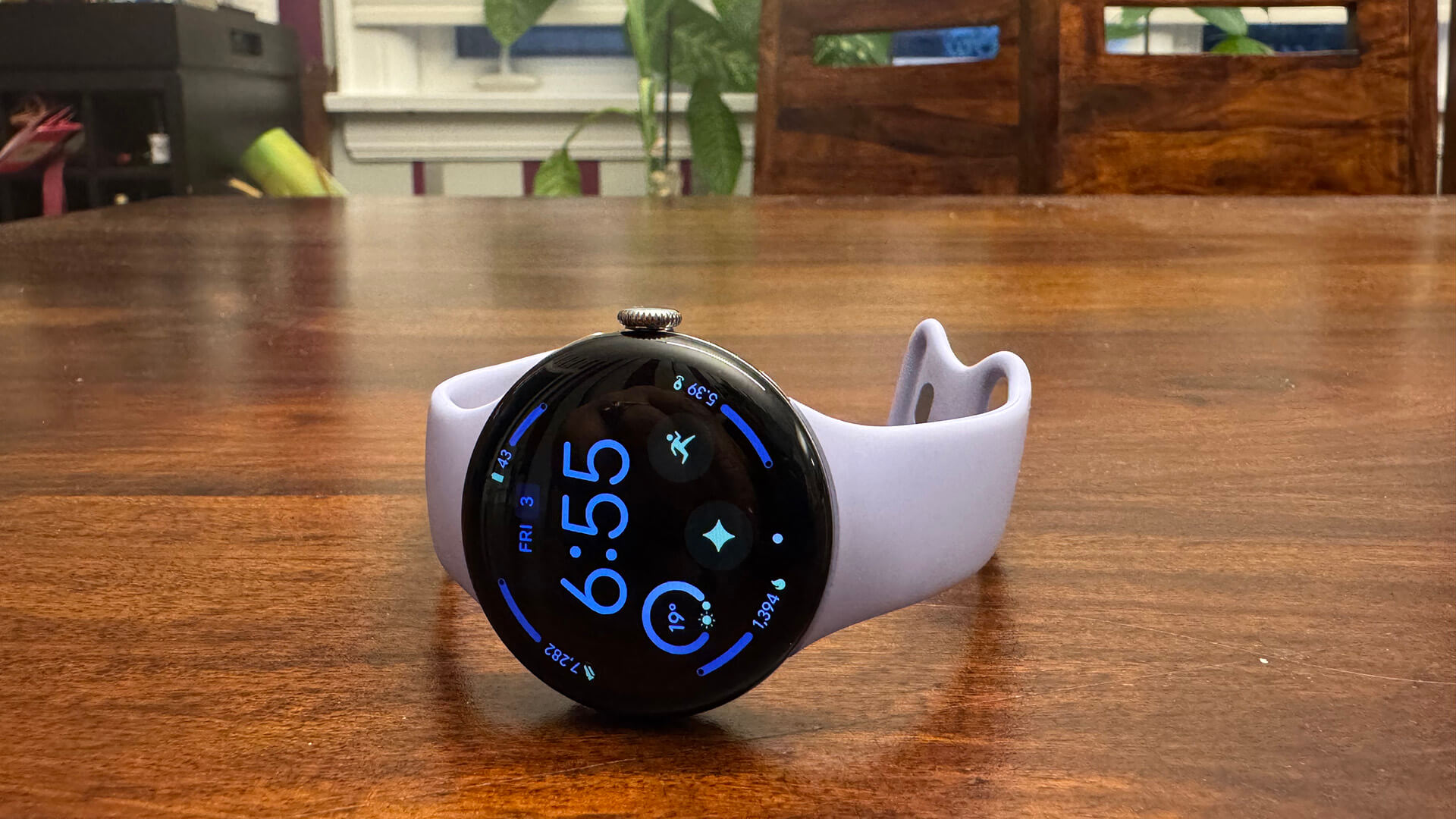
Overall, the Pixel Watch 4 is one of the most intelligent smartwatches you’ll find, with tons of sensors and features, and an unmatched personal assistant experience. The fact that many features still hide behind a Fitbit Premium paywall is a bummer, though the watch does come with a six-month subscription to get you started. Still, with so many other smartwatch brands offering detailed data like sleep and readiness scores without a subscription, this might be a dealbreaker. But if you’re fine paying for the advanced features, or you don’t think you need them, the Google Pixel Watch 4 is one of the smartest smartwatches around. You get tons of smarts packed into a sleek package, and a health, wellness, and fitness coach on your wrist that anyone of any fitness level will find helpful.

